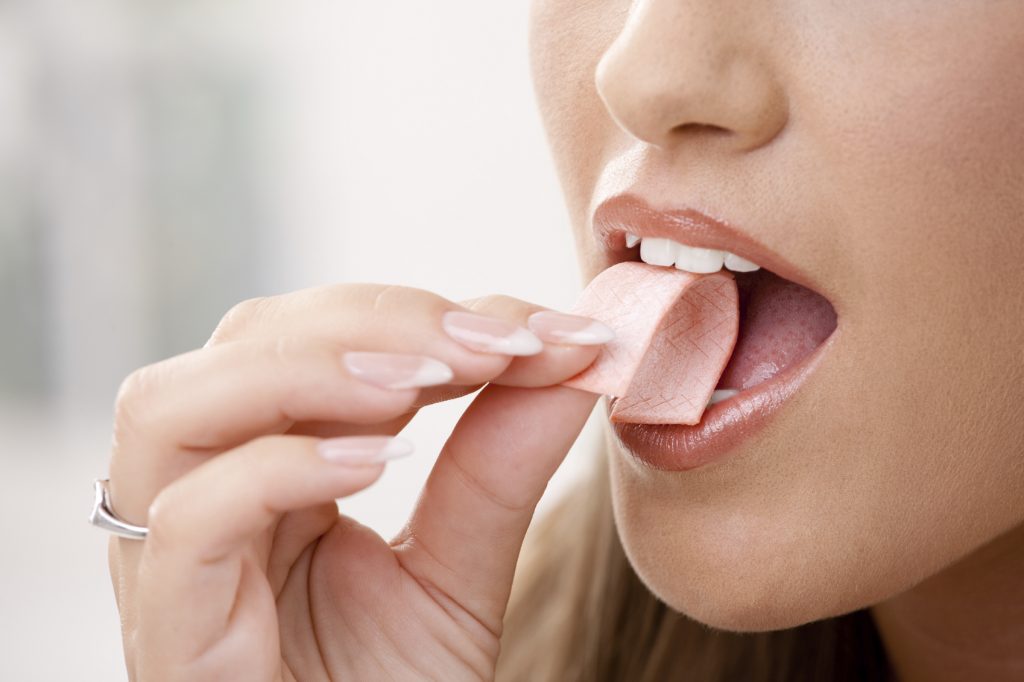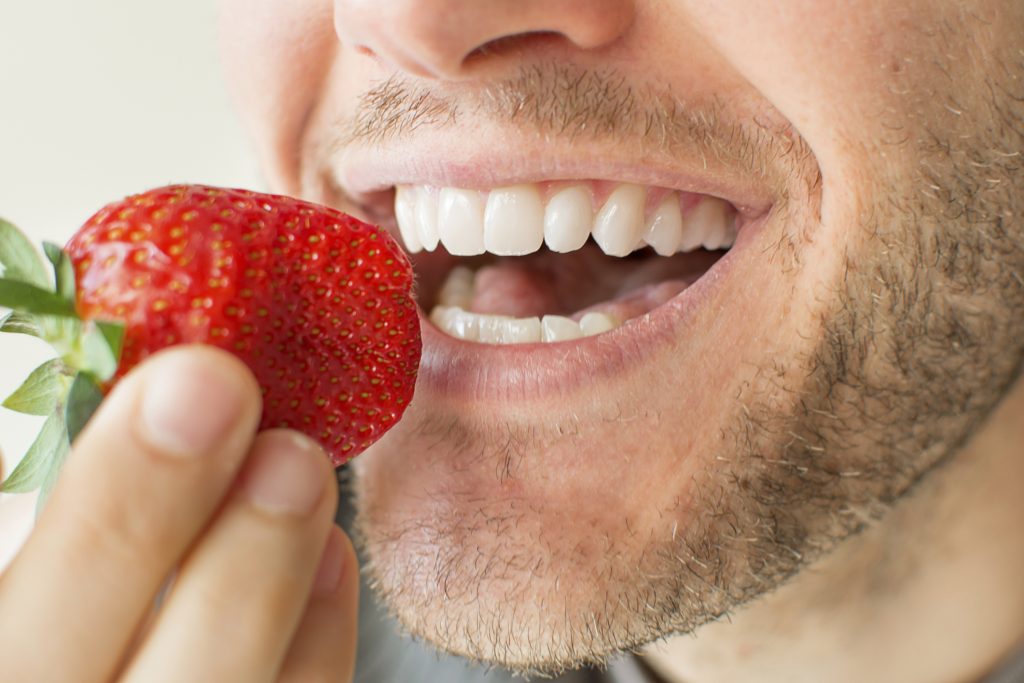
Has anyone ever randomly offered you a stick of gum? Do people stand back when you speak? You may have a case of halitosis, or bad breath. And while most cases of bad breath can be remedied with a stick of gum or a quick brushing. But if you find that it is a consistent occurrence, it could be a result of something more serious.
Obviously, the first option is to look at your dental hygiene practices. Do you brush for at least two minutes twice a day? Do you floss and rinse? Not being diligent with these daily tasks will not only lead to bad breath but also gum disease and other dental maladies.
The medical condition dry mouth (xerostomia) also can cause bad breath. Saliva is necessary to moisten the mouth, neutralize acids produced by plaque, and wash away dead cells that accumulate on the tongue, gums, and cheeks. If not removed, these cells decompose and can cause bad breath. Dry mouth may be a side effect of various medications, salivary gland problems, or continuous breathing through the mouth.
Many other diseases and illnesses may cause bad breath. Here are some to be aware of: respiratory tract infections such as pneumonia or bronchitis, chronic sinus infections, postnasal drip, diabetes, chronic acid reflux, and liver or kidney problems.
Don’t worry – there are a few things you can do to prevent your traditional forms of dragon breath. Here are tips to keep in mind going forward:
- Practice good oral hygiene
- See your dentist regularly
- Quit tobacco products
- Drink lots of water
- Keep a log of the foods you eat
If you have questions or concerns about bad breath, make an appointment today with Dr. Schnall at 212-247-7059 or visit our website at www.philipschnalldmd.com.
Dr. Philip Schnall proudly serves New York and all surrounding areas.







